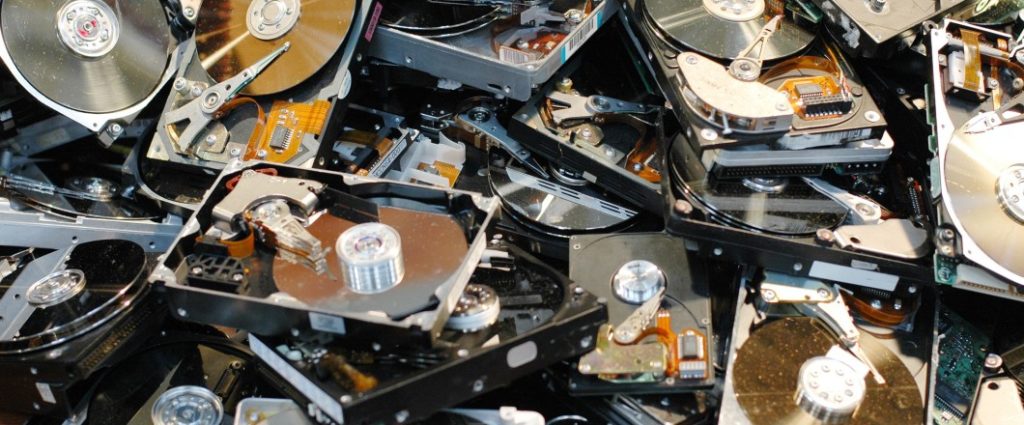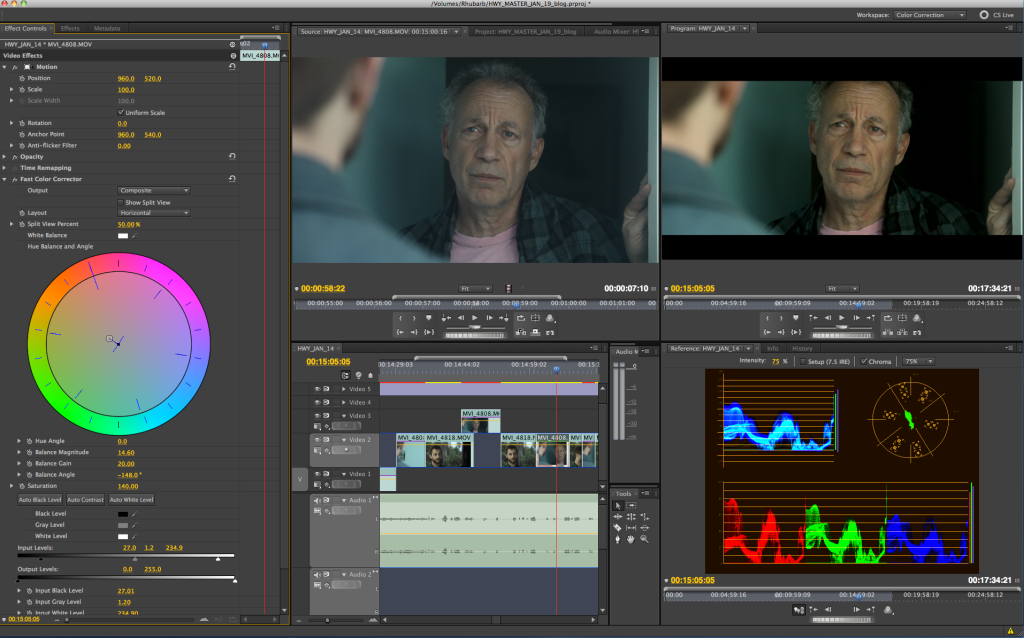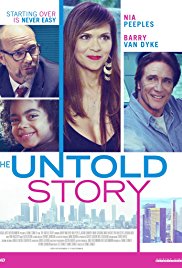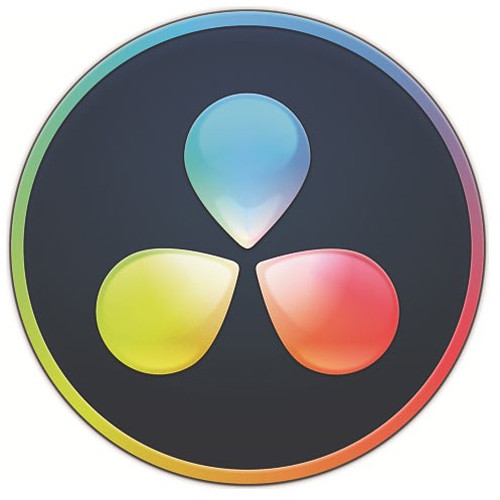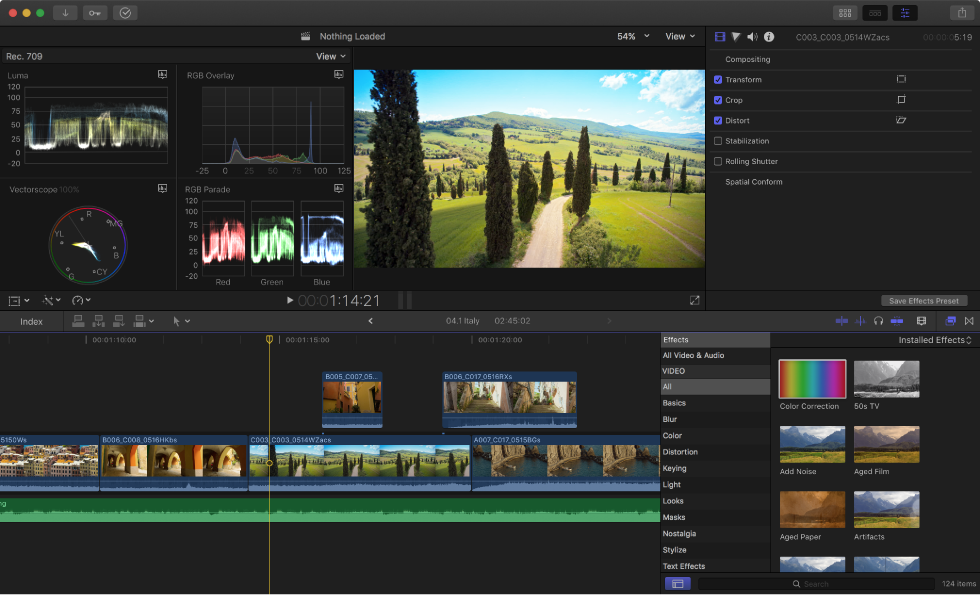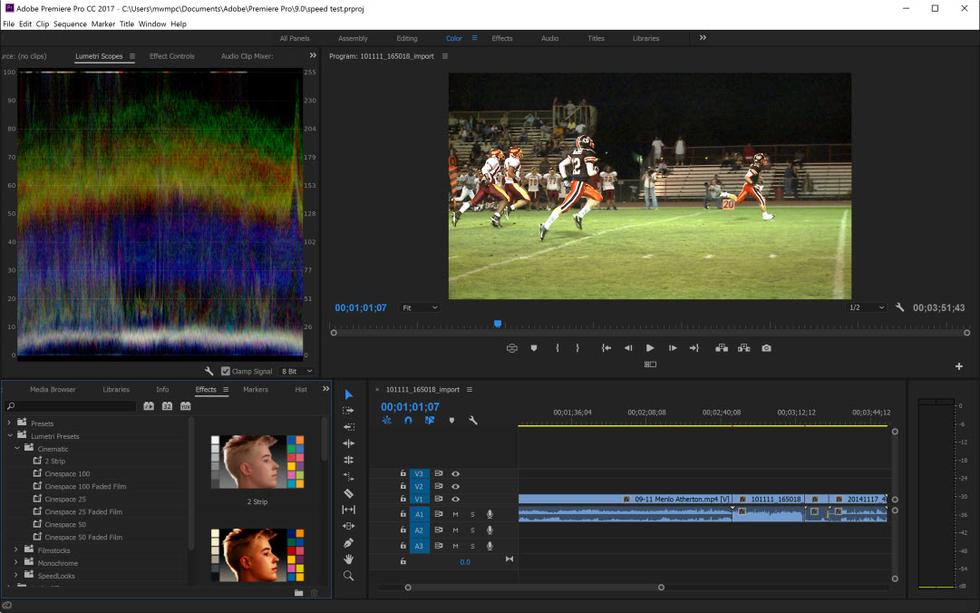Don’t Throw Out Those Old Hard Drives! At Least Not Yet…
To say I have acquired a few external hard drives over the years is an understatement. At last count, over 250 of ‘em are stacked in our vault which range from shuttles to raids storing anything one would generate when making a movie. I still have a few FireWire 400 boxes once considered state-of-the-art even when their most reliable feature was to crap out during a crucial transfer, as I never throw away a working storage device. But seriously, if external drives were made of wood, my studio would resemble 5150 where Dr. Frankenstein himself, Edward Van Halen builds and maintains his world-renowned signatures guitars.
My collection of external hard drives is constantly growing and in turn, evolves with technology. Even with the cost-per-terabyte consistently dropping – and fast – keeping up with the Joneses is expensive, especially when shooting with multiple cameras in now, a 6 or 8K medium and needing to back up everything thrice. Your hard drives are the most important investment you’ll make when choosing how and where to store your work – and ultimately your library which in one day can have substantial value.
Thunderbolt’s arrival shouldn’t deem your outdated hard drives to become doorstops. You can buy inexpensive adaptors from Apple so your FireWire drives can still function without a glitch with the latest computers that have ditched the now, archaic connections altogether. I have been a longtime user of anything G-Technology and will most likely remain so, but recently have fallen in love with Rocstor’s new product line, as they have quite an assortment of drives available that are reliable and considerably more affordable. Their new ROCPRO T24 two-raid storage boxes are by far the most superior, quiet and speedy drives I have ever used and many of my colleagues feel the same.

Filmmaking and Hard Drives
I find them perfect for storing an entire project – literally from concept to delivery – when vaulting your masters as once your film is released into the wild, you can get that call from a distributor needing a resend of a Closed Captioned file or perhaps even some production stills and with that much drive space, it’s nice to reach for one drive, with everything compartmentalized and super easy to access. I am still a huge proponent of keeping at least three copies of every element you create for a project and vaulted at three separate locations. I understand budgets are often tight but this is the first compromise many filmmakers tend to make when trying to stretch a buck and that’s a big no-no!
For the best deals in town, call Mike Hashem at Unitek Mike’s been my go-to corporate account executive for well over a decade. He knows the products inside and out and once getting to know your needs can steer you in the right direction.
Mike’s email is: [email protected]
Tell him I sent ya!
Keep Shootin’
Shane
